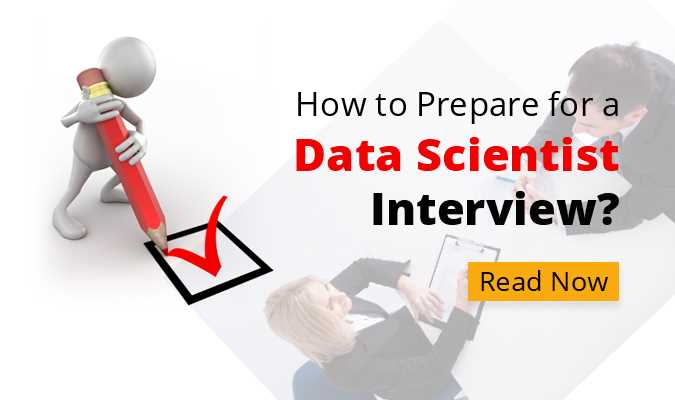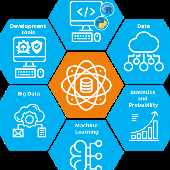Data Science is an exciting field to work in, as it combines advanced statistical and quantitative skills with real-world programming ability. Depending on your background, you are free to choose a programming language to your liking. The most popular in the Data Science community are, however, R, Python, and SQL. One can easily learn data science as various data science courses with R, Python, and SQL are available in the market making it learn more conveniently.
- R is a powerful language specifically designed for Data Science needs. It excels at a huge variety of statistical and data visualization applications, and being open source has an active community of contributors. In fact, 43 percent of data scientists are using R to solve statistical problems. However, it is difficult to learn, especially if you already mastered a programming language.
- Python is another common language in Data Science. 40 percent of respondents surveyed by O’Reilly use Python as their major programming language. Because of its versatility, you can use Python for almost all steps of data analysis. It allows you to create datasets, and you can literally find any type of dataset you need on Google. Ideal for entry-level and easy-to-learn, Python remains exciting for Data Science and Machine Learning experts with more sophisticated libraries such as Google’s Tensorflow.
- SQL(structured query language) is more useful as a data processing language than as an advanced analytical tool. IT can help you to carry out operations like add, delete and extract data from a database and carry out analytical functions and transform database structures. Even though NoSQL and Hadoop have become a large component of Data Science, it is still expected that a data scientist can write and execute complex queries in SQL.

Learn more about data science with this data science tutorial.
Data science is a multidisciplinary blend of data inference, algorithm development, and technology in order to solve analytically complex problems. At the core is data. Troves of raw information, streaming in and stored in enterprise data warehouses. Much to learn by mining it. Advanced capabilities we can build with it. Data science is ultimately about using this data in creative ways to generate business value:
Data science – the discovery of data insight
This aspect of data science is all about uncovering findings from data. Diving in at a granular level to mine and understand complex behaviors, trends, and inferences. It's about surfacing hidden insight that can help enable companies to make smarter business decisions. For example:
Netflix data mines movie viewing patterns to understand what drives user interest, and uses that to make decisions on which Netflix original series to produce.
Target identifies what are major customer segments within its base and the unique shopping behaviors within those segments, which helps to guide messaging to different market audiences.
Proctor & Gamble utilizes time series models to more clearly understand future demand, which helps plan for production levels more optimally.
How do data scientists mine out insights?
It starts with data exploration. When given a challenging question, data scientists become detectives. They investigate leads and try to understand pattern or characteristics within the data. This requires a big dose of analytical creativity.
Then as needed, data scientists may apply quantitative technique in order to get a level deeper – e.g. inferential models, segmentation analysis, time series forecasting, synthetic control experiments, etc.
The intent is to scientifically piece together a forensic view of what the data is really saying. This data-driven insight is central to providing strategic guidance. In this sense, data scientists act as consultants, guiding business stakeholders on how to act on findings.
Want to become a data scientist? Read this Data Science Interview Questions and crack interviews.
Data science – development of data product
A 'data product' is a technical asset that:
- Utilizes data as input
- Processes that data to return algorithmically-generated results
The classic example of a data product is a recommendation engine, which ingests user data, and makes personalized recommendations based on that data.
Here are some examples of data products:
- Amazon's recommendation engines suggest items for you to buy, determined by their algorithms. Netflix recommends movies to you. Spotify recommends music to you. Gmail's spam filter is a data product – an algorithm behind the scenes processes incoming mail and determines if a message is junk or not.
- Computer vision used for self-driving cars is also data product – machine learning algorithms are able to recognize traffic lights, other cars on the road, pedestrians, etc. This is different from the 'data insights' section above, where the outcome of that is to perhaps provide advice to an executive to make a smarter business decision. In contrast, a data product is technical functionality that encapsulates an algorithm, and is designed to integrate directly into core applications.
Respective examples of applications that incorporate data product behind the scenes: Amazon's homepage, Gmail's inbox, and autonomous driving software.
Data scientists play a central role in developing data product. This involves building out algorithms, as well as testing, refinement, and technical deployment into production systems. In this sense, data scientists serve as technical developers, building assets that can be leveraged at a wide scale.




Leave Comment